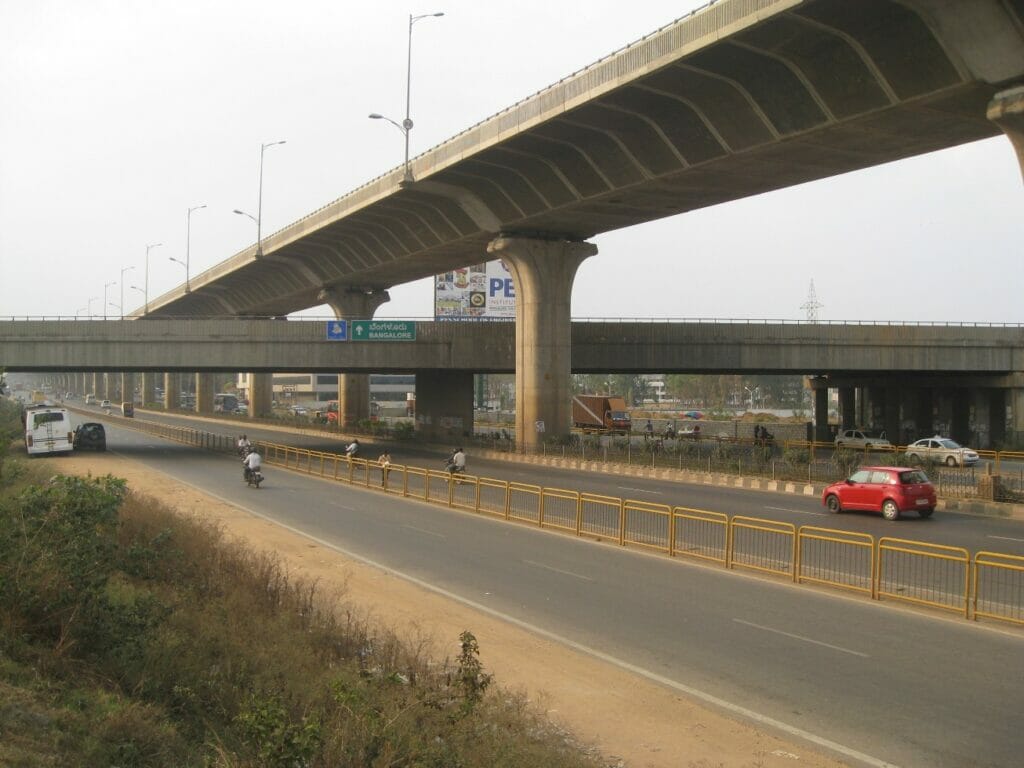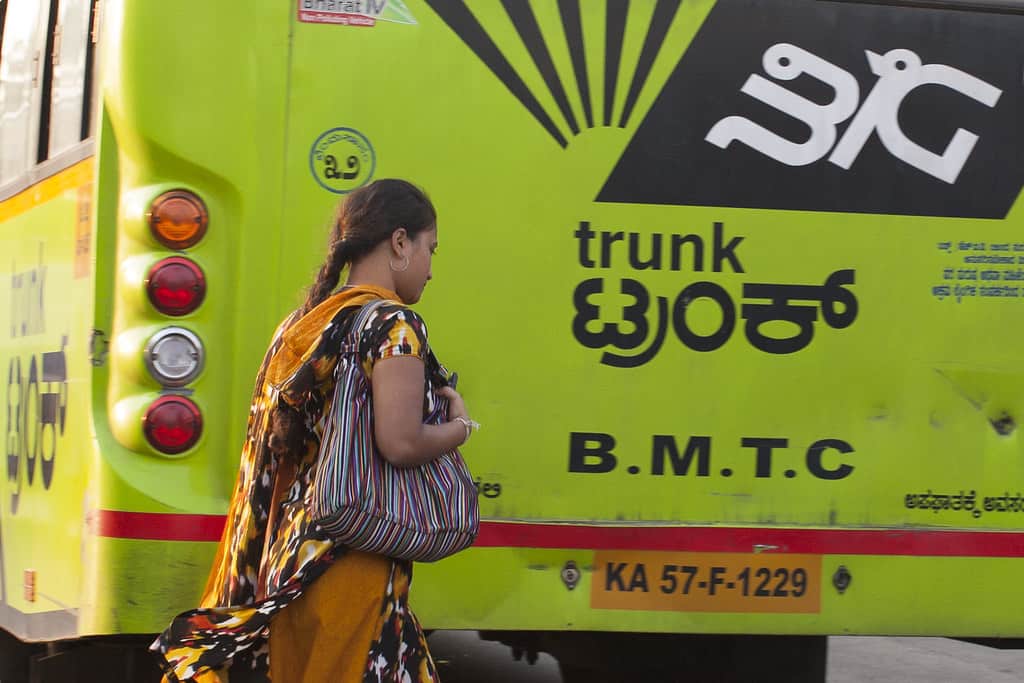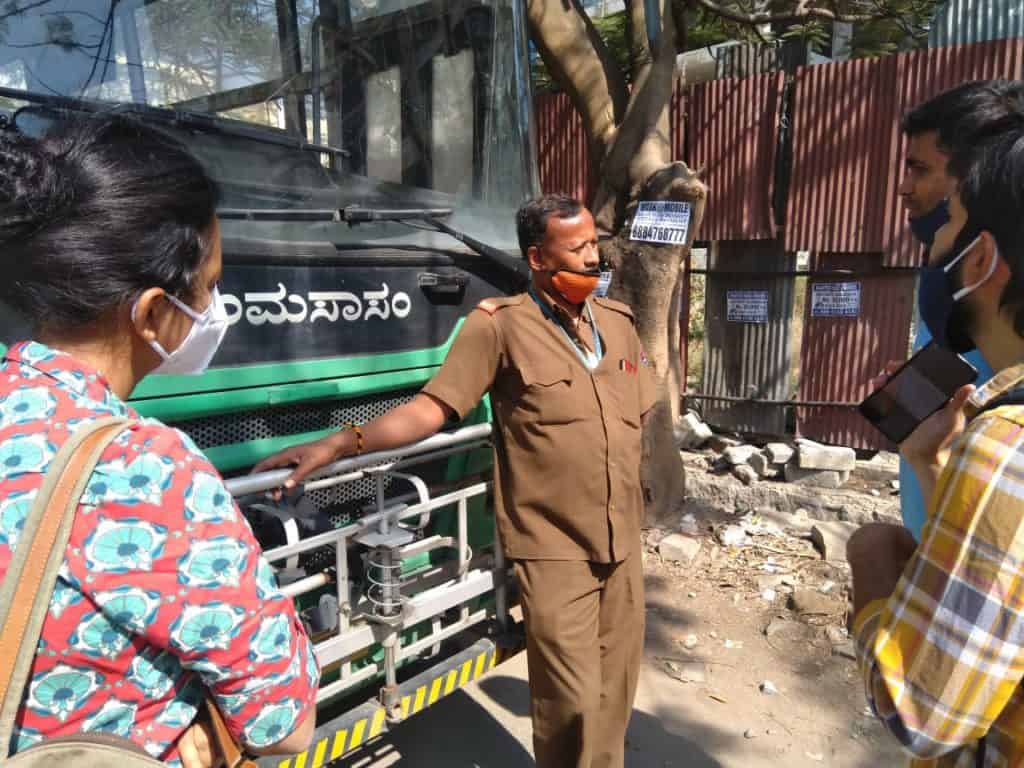The Karnataka government budget for 2023-24 was predicted to be a pre-election gift to Bengaluru. However, it is a gift that not everyone approves of. The majority of the funding is being given to roads and related infrastructure. Meanwhile, education, health, housing sectors, and other bodies like the BWSSB and the BMTC are set to see another year of neglect.
In his budget speech on February 17th, Chief Minister Basavaraj Bommai announced a whopping Rs 9,698 crore grant for the comprehensive development of Bengaluru. A majority of these funds are going into construction and repair of city infrastructure, primarily roads.
Close to Rs 3,000 crore will be spent on building new roads, flyovers, white-topping, and repairing roads. The State government will bear 30% of the cost of developing the Peripheral Ring Road, amounting to around Rs 3,000 crore.
Around Rs 150 crore will be spent on developing congestion free junctions. Close to Rs 1,800 crore will be spent on storm water drains.

In his speech, Bommai stressed that the quality of lives of Bengalureans would be improved “by ensuring seamless mobility, developing roads, prevention of floods by developing storm water drains, and designing scientific and efficient waste management systems.”
While this is true, there are other aspects important for quality of life that the Chief Minister does not seem to have given equal importance.
Free bus service, but no buses
Public transport, which is key to Bengaluru’s traffic woes, has found some mention. The metro and suburban rail projects have both been allocated funds. However, BMTC has been neglected once again.
Bommai announced that approximately 30 lakh women, working in the organised sector, and 8 lakh female students would be given free bus passes. The state government will allocate Rs 1,000 crore for working women and Rs 350 crore for the female students for this scheme.

Under the ‘Makkala Bus’ scheme, the government plans to increase bus frequency, throughout the state, for school children who depend on public transport at the cost of Rs 100 crore.
However, these schemes lack better coverage and funding making them half measures, according to activists. In a press release, the Bus Prayanikara Vedike (BPV), a group advocating for more support for the BMTC, expressed disappointment.
While some women and girl students would benefit from a free bus pass, the state government has not increased BMTC funding. Would Rs 1,000 crore cover the BMTC’s costs of operation and compensate for the loss of revenue?
BPV points out that it is not clear if the schemes and funding allocated for free bus travel would have to cover the entire state and not just BMTC. “If this is for the whole of Karnataka, the amount is clearly insufficient,” the group says. “Secondly, the unorganised sector women workers are more vulnerable, therefore it is puzzling why the unorganised women workers are left out from the scheme.”

The budget also allocates Rs 500 crore for 1,200 new buses to all four Regional Transportation Corporations in the State. “This is nowhere near sufficient. We had demanded 3,000 buses for BMTC alone, and now BMTC may get just 300,” says BPV.
Even with new buses, there is not enough staff to drive the buses. “The government has also put a hiring freeze on BMTC, this is crippling BMTC. While some new buses will come, there is no budget for hiring new staff. This may again lead to outsourcing and further weakening BMTC,” says the group.
Several groups have repeatedly pointed out that buses are sustainable and an efficient mode of transport as it services more people and occupy less space on the road. Strengthening BMTC is therefore key to reducing traffic congestion and making transportation equitable.
Read more: BMTC gets little budgetary support despite escalating losses due to higher fuel costs
Education: Schemes galore, but basics ignored
The Chief Minister announced that the budget day would be “a landmark day in the education sector of the State.” To help students complete higher education, the state government would make government pre-universities and colleges free, benefitting 8 lakh students in the state. In addition, the state promised infrastructural improvements to select pre-universities and schools.
“Our government has formulated a detailed plan to provide requisite infrastructure and quality education in selected Government schools of Bengaluru,” the chief minister said in his speech.
He claimed that under the Amrutha Nagarothana Scheme, 20 Bengaluru public schools were provided updated infrastructure during the 2022-23 budget period. More BBMP schools would be developed under the scheme at the cost of Rs 180 crore and completed in 2023-24, according to the budget.
However, the Action Taken Report (ATR), generated by the Finance Department of the State, which has to provide evidence of the claims made by the Chief Minister, did not provide any details of the 20 schools that were already developed. The ATR typically at least lists the relevant government order under which schemes have been undertaken. However, in this case it merely says “action is being taken.”
The budget also plans to implement several model schools and pre-universities and science divisions in government colleges. Over 7,000 new classrooms will be constructed across the state at the cost of Rs 1,194 crore, under the Viveka scheme, but what type of classrooms and how many in Bengaluru is not clear.
The budget also includes a plan to build over 7,000 new toilets in schools across the state at a cost of Rs 750 crore. Bommai, in his speech, claimed that over 2,000 toilets were already being constructed and would be ready by March 2023. The remaining would be completed by the end of the year. The ATR makes no mention of these toilets that were apparently completed.
Education activist Sripad Bhat questions the heavy focus on upgradation of BBMP schools, when enrolment was low. “Several schools have shut down because of low enrolment,” says Sripad. Low enrolment is the result of poor infrastructure and lack of English medium education. But the most commonly cited concern, according to Citizen Matters’ past reporting, is the lack of teachers.
“Nothing much has changed,” says Bhat. “There is a serious shortage even now, but they have not announced any increase in hiring or teacher salaries,” he adds. This teacher shortage plagues not only schools, but government colleges as well.
Read more: What ails Bengaluru’s government schools?
The budget speech had announced an increase in salaries and honorariums for anganwadi teachers and guest lecturers at government colleges. However, the ATR shows that this increase had been implemented last year. Government college guest lecturers’ honorariums increased from Rs 11,000 to Rs 32,000, but along with an increase in working hours.
As for Anganwadi teachers, those who had worked for more than 20 years would get a salary hike of Rs 1, 500, those who worked between 10 and 20 years would get Rs 1,250 more, and others would get a hike of Rs 1,000.
However, an increase in hours is not the same as increase in pay. “If the government was serious they would focus on hiring more teachers, giving them better salaries and improving their training,” says Sripad.
Part 2 will examine the budget allocations to health and housing.